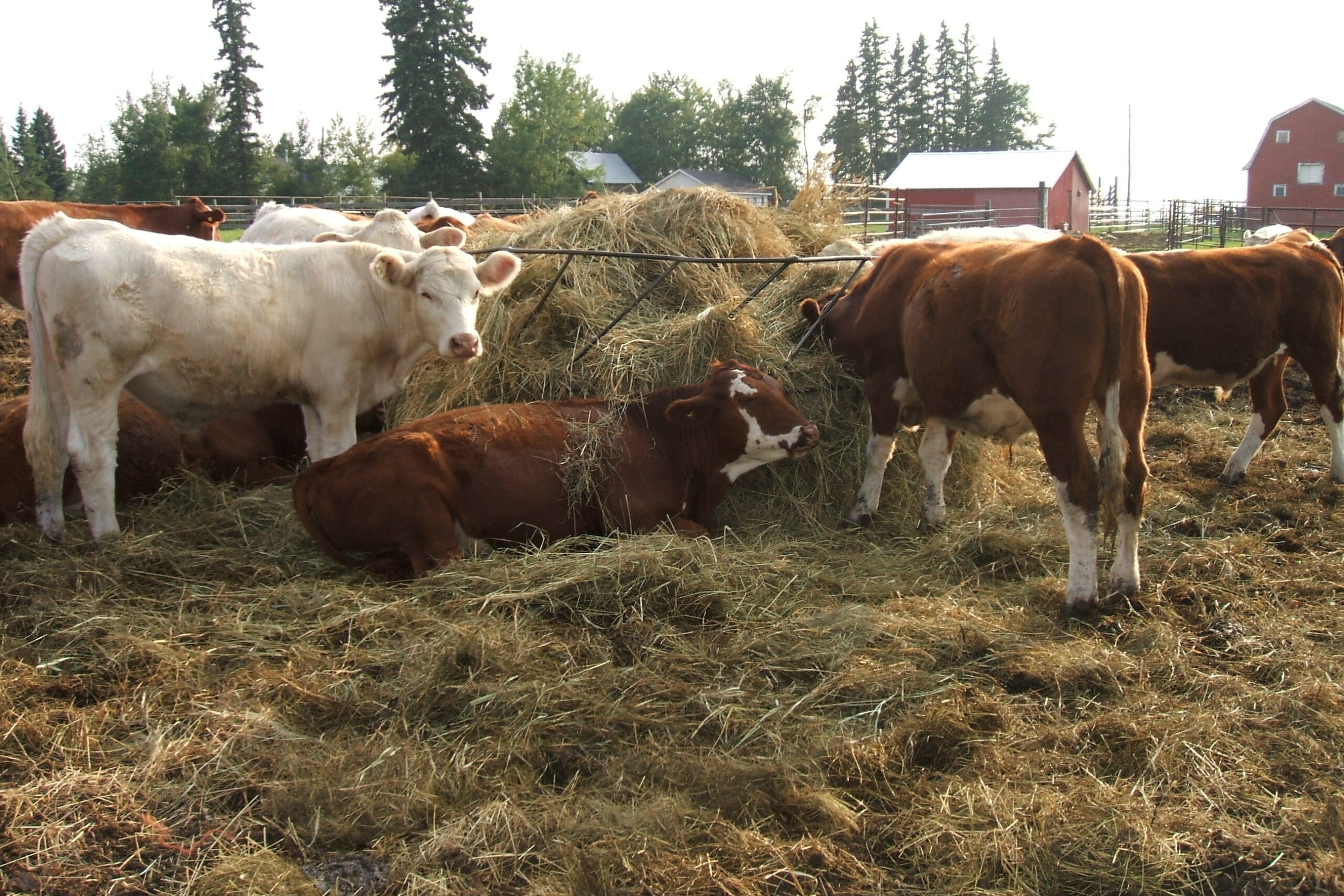MYTH BUSTING RUMINANTS
myths on feeds & feeding ruminants
Ruminants are blamed for eating too much of a certain crop, for causing world hunger or for being fed a certain type of feed that they “naturally” shouldn’t eat. Other myths stand right with these which are found below.
***Note: Not all buttons are active links! See below for details.
The Feeds & of Feeding (and Grazing) Ruminants
Ruminants are fascinating creatures in that they are specially adapted, through millions of years of evolutionary history, to digest coarse plant material into nutrients, energy, and products needed for themselves and to eventually feed other animals.
Essentially, they are, quite literally, walking fermentation chambers on four legs.
However, ruminants as of late, especially cows and cattle, have been seen as “public enemy number one” because of their seemingly-consequential requirement for needing a lot of land, a lot of water, and other resources to be able to feed them.
In the fight against climate change, this “lack of efficiency” is one of the reasons ruminant livestock have been judged guilty without parole and sentenced to a gradual decline in population to the point where they are deemed, “no longer a threat to the environment,” whatever point that may be.
Other reasons are their “harmful” enteric methane emissions, their “inability” to sequester carbon and help heal the soil, and other dubious accusations.
However, others see ruminants as the innocent party because they are subject to being “forcibly” fed certain feeds and feed additives for the purpose of better gains for the slaughter market, higher milk production, or to efficiently raise them in confinement operations they are kept in.
Still, others have certain misconceptions about various crops in terms of how they are grown and, most importantly, where they actually end up: for human consumption (and necessarily the edible kind), or cattle feed. Almost all who bring up these arguments believe that ruminants are in direct competition with people in what is available for food versus feed.
Many don’t appreciate how different ruminants are from us, humans, particularly in terms of digestive anatomy. This drives a lot of these myths and fallacies to continue to persist.
Before you get into the myths below, it’s highly recommended to check out the links below that define ruminants and go into detail about how they digest plants. This will help clear up any future confusion as to how many of the myths below are exactly that: myths.
Page Links/Buttons Under Construction!
If you’re finding that most of the buttons below don’t work, you’re right: they don’t. Not yet!
Pages are still being developed for each of those buttons, or have not yet been created.
On the other hand, I may have completely forgotten to link those respective pages to those buttons.
Please check back regularly for updates, which will be posted on Praise the Ruminant’s Facebook page.
Sorry for the inconvenience!
Food vs. Feed Crop Fallacies
Ruminants Eating Grain vs. Grass Myths
Myths on Feed Additives for Ruminants
Other Related Myths

